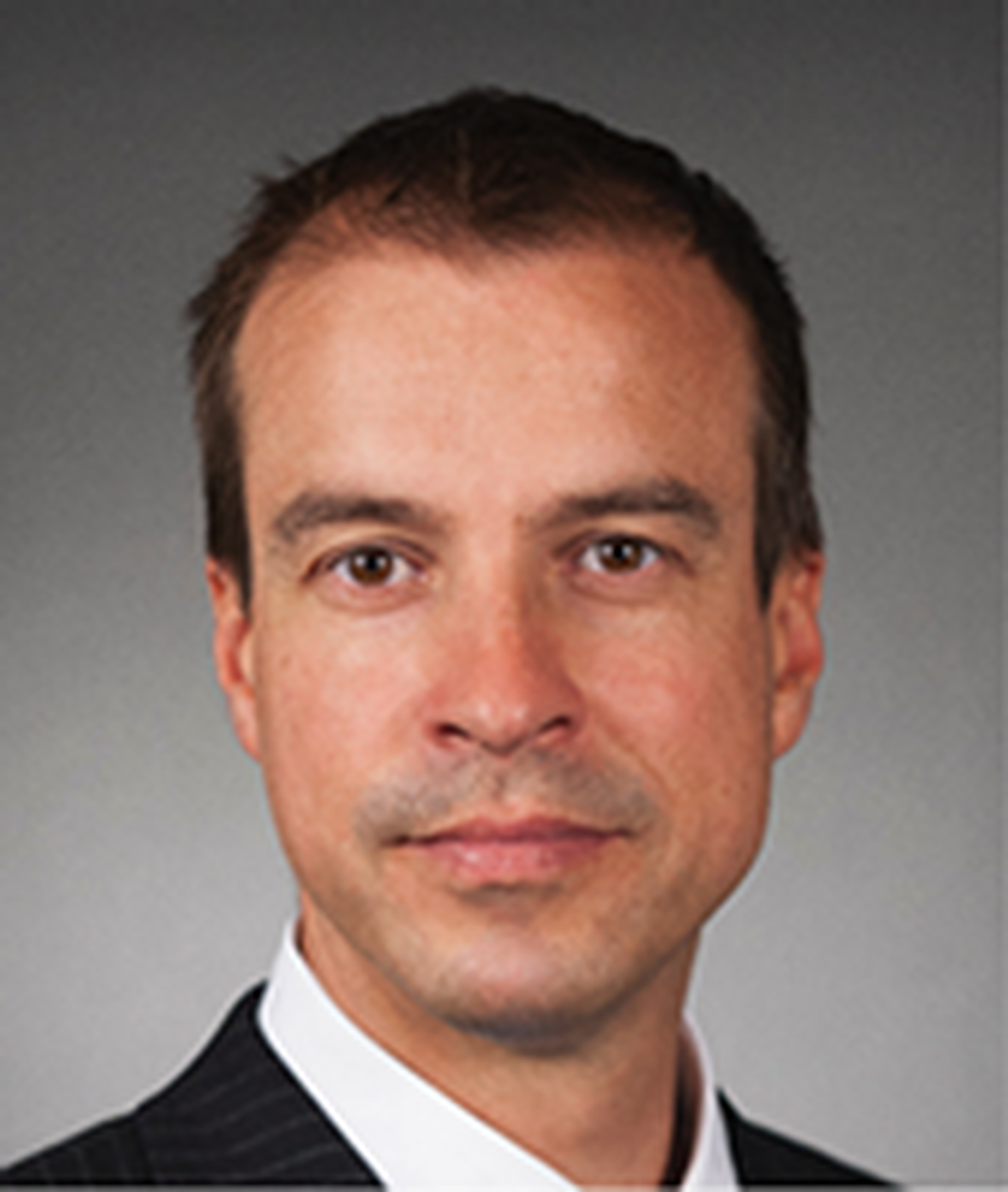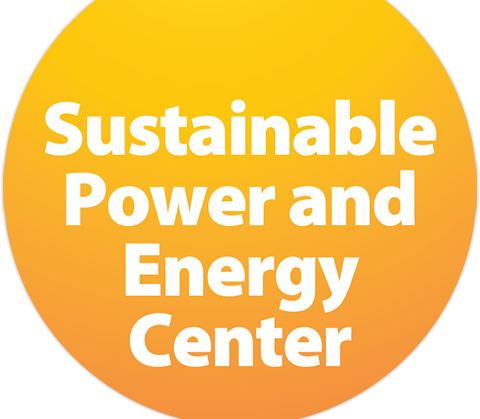In situ Imaging of Batteries with MRI
In situ Imaging of Batteries with MRI
Wednesday, February 1st, 2017
Presentation Time: 11:00am
Venue: Cymer Conference Center (Room 248) at UC San Diego, Structural Materials Engineering (SME) Building
Prof. Alexej Jerschow
Department of Chemistry
New York University
ABSTRACT:
Prof. Alexej Jerschow will present his work on the development of techniques for assessment of batteries and battery materials via NMR and MRI. The goal of these studies is to analyze the inner workings of electrical storage devices in situ during charging or discharging conditions by imaging changes in both the electrolyte and the electrodes. Particular challenges in working with conducting samples will be discussed here and recent in situ data on Li-ion batteries and supercapacitors will be shown. In situ NMR/MRI have proven to be useful tools to probe the structure of Li-ion batteries during real-time charge and discharge. Ex situ studies of batteries are limited by self-relaxation of the electrode materials before a measurement can be obtained. The application of advanced magnetic resonance techniques, such as MRI and complex NMR experiments, in situ has the potential to monitor dynamics and visually monitor changes in functioning electrochemical systems in real time. The functionality of some energy storage devices where only the electrolyte is involved in the electrochemical process (such as supercapacitors) can only be studied in situ, as the electrolyte concentration gradients will relax as a potential is removed from the cell. Here we present techniques for in situ MRI of batteries and supercapacitors and discuss findings obtained from these studies [1, 2]. It will be discussed how the rf field is perturbed by the presence of conducting materials in the probe [2], how susceptibility shifts can be used for assessing the morphology of microstructure build up on electrodes [3], and how the location and amount of both cations and anions can be assessed in different locations in a capacitor as a function of voltage [4]. These techniques could become powerful assessment methods in the design of new and advanced batteries and electrochemical devices.
1. S. Chandrashekar, N. M. Trease, H. J. Chang, L.-S. Du, C. P. Grey, A. Jerschow, Nat. Mater., 11, 311-315, 2012.
2. A. J. Ilott, S. Chandrashekar, A. Klöckner, H. J. Chang, N. M. Trease, C. P. Grey, L. Greengard, A. Jerschow, J. Magn. Reson. 2014, 245, 143–149.
3. H. J. Chang , N. M. Trease , A. J. Ilott , D. Zeng , L.-S. Du , A. Jerschow, C. P. Grey, J. Phys. Chem. C, 2015 in press
4. A. J. Ilott, N. M. Trease, C. P. Grey, A. Jerschow, Nat. Comm. 5, 2014, 4536.
BIOSKETCH
Alexej Jerschow, is a Professor of Chemistry at New York University and has NMR roots in liquid- and solid-state NMR, as a graduate student at Johannes Kepler University of Linz, and later as a postdoc at the University of Lausanne, Switzerland, and at the University of California, Berkeley. His research interests include the development of methods for MRI of quadrupolar nuclei, CEST, MRI of Batteries, hyperpolarization, and the study of their relaxation phenomena. The Jerschow lab develops novel NMR/MRI methodology for improving the diagnostic power of images and to develop novel imaging modalities. Current projects include quadrupolar MRI contrast techniques, 23Na NMR/MRI of cartilage and the brain, chemical exchange saturation transfer (CEST) MRI, spin-noise NMR/MRI, hyperpolarization with para-H2, nuclear spin singlet lifetime measurements and relaxation mechanisms, and imaging of batteries and electrochemical devices. Alexej Jerschow also collaborates with the Pratt Institute and the Metropolitan Museum to develop NMR techniques with relevance for arts conservation science.
Contact Unjong Lee or Pritesh Parikh for further information about the seminar.
Unjong Lee unjonglee@ucsd.edu
Pritesh Parikh priteshparikh@eng.ucsd.edu


